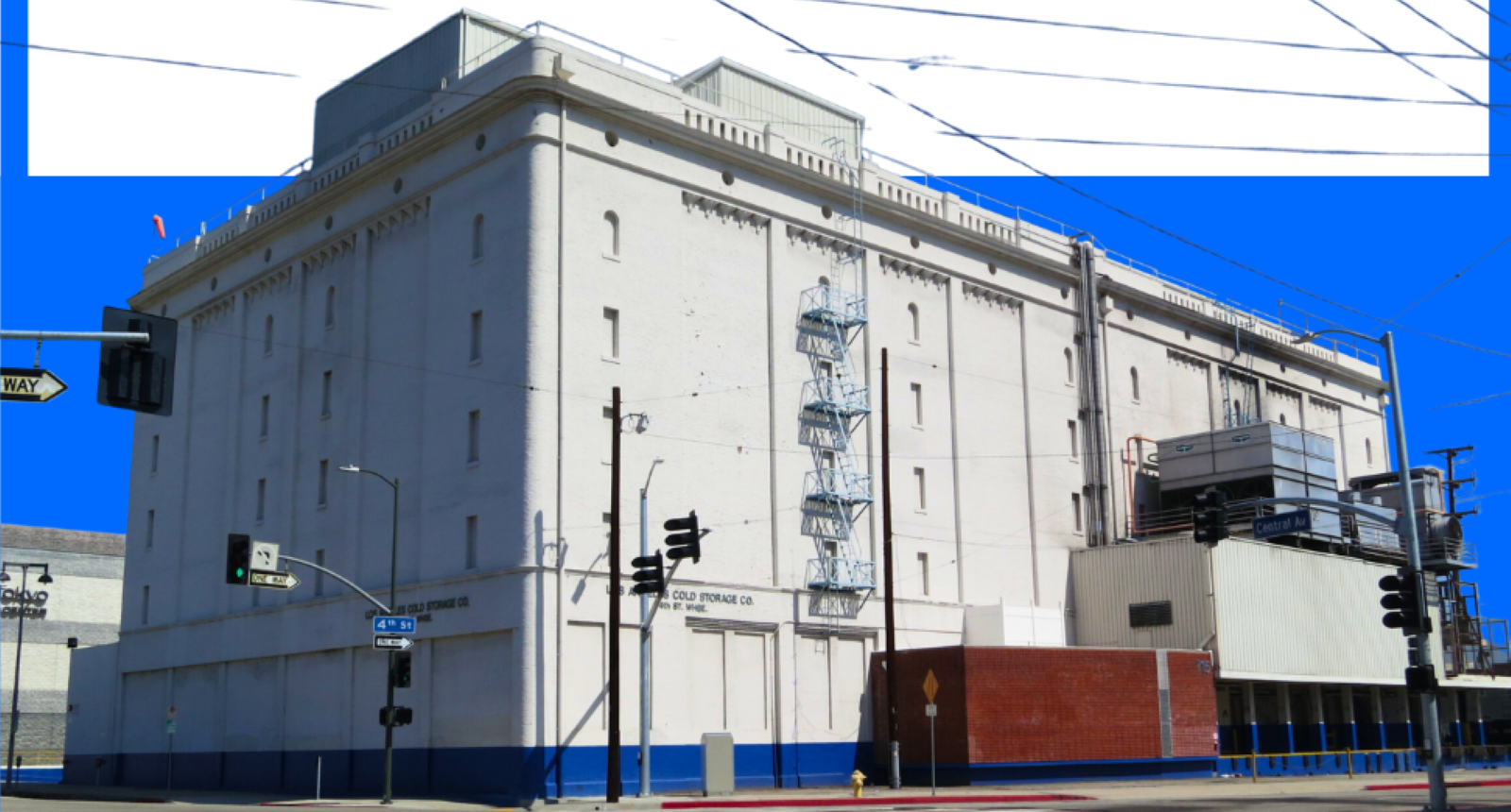Cold storage is no longer a niche asset class – it’s fast becoming a core focus in industrial real estate, driven by shifts in grocery delivery, pharmaceutical logistics, and global supply chains.
This sector refers to specialized facilities designed to store perishable goods at controlled temperatures (frozen foods, fresh produce, dairy, meats, pharmaceuticals, and even flowers). Historically, cold storage was concentrated near ports and major urban hubs, serving regional grocery chains and restaurants.
But times have changed, and demand for these facilities has expanded beyond these locations. In fact, Colliers reports that institutional capital is pouring in as demand outpaces modern supply. For CRE investors, owners, and developers, this presents a rare convergence of timing, demand, and long-term growth potential.
A Growing Appetite for Cold Storage
Over the past few years, several simultaneous factors have accelerated the growth of this sector:
- The E-Grocery Boom: Online grocery sales have exploded, driven in part by the pandemic and sustained by consumer preference for convenience. Unlike traditional dry goods, groceries often require climate-controlled environments to maintain freshness and safety throughout the supply chain. Cold storage is essential for fulfilling next-day or even same-day grocery orders.
- Global Supply Chain Resilience: The pandemic also revealed just how fragile global supply chains could be. Companies are now investing in more regional cold storage facilities to decentralize their inventory and reduce reliance on single locations. This shift improves resilience and enables quicker delivery to end users.
- Health and Life Sciences Growth: The pharmaceutical industry has become a significant player in cold storage demand, especially with the rise of biologics and vaccines that require ultra-cold conditions. New therapies and diagnostics often necessitate precise temperature monitoring and secure cold-chain logistics.
- Food Transparency and Safety: Consumers are increasingly demanding transparency around where their food comes from and how it’s handled. Cold storage facilities help companies meet these demands by ensuring products are kept in optimal conditions from farm to fork.
From Niche to Necessary
According to CBRE, the U.S. cold storage footprint will need to grow by at least 100 million square feet over the next five years to keep pace with demand. The traditional cold storage model is also evolving. Developers and occupiers alike are exploring more flexible, modular designs that allow for varying temperature zones, automation, and even multi-tenant configurations. These shifts are reshaping both new development and adaptive reuse in industrial real estate in several ways.
For one, speculative cold storage development is on the rise. Historically, cold storage facilities were built to suit specific tenants due to their high costs and customization needs. Today, however, developers are beginning to build speculatively, confident that demand will fill the space. Institutional investors are taking note and allocating capital accordingly.
Retrofits and conversions are also emerging. Given the long timelines and high costs of ground-up development, many investors are converting traditional dry warehouses into cold storage. While this requires significant upgrades in insulation, HVAC, and flooring, it can be a faster route to market in areas where land is scarce.
In addition, urban infill and micro-fulfillment development of cold storage properties is growing. With consumers expecting faster delivery, companies are seeking smaller, strategically located cold storage spaces within urban cores. These “last-mile” hubs may not be massive, but they play a critical role in same-day grocery and meal-kit deliveries.
Cold Realities to Navigate
Despite the promising growth trajectory, cold storage development is not without its hurdles.
Construction costs are significantly higher than for traditional warehouses – sometimes double or more – due to the need for advanced insulation, refrigeration systems, and energy-efficient design. In addition, the current administration’s controversial tariff policies are creating cost uncertainty in the sector, although the uneasiness has dissipated somewhat since the high point in March 2025.
Labor availability is another concern. Operating in cold environments requires specialized staffing and safety measures.
Regulatory compliance is also more stringent, particularly for food-grade or pharmaceutical-grade facilities. Developers and investors entering this space must partner with experienced contractors and supply chain consultants to navigate these complexities.
Regardless of the challenges, the cold storage boom isn’t a passing trend – it’s a structural shift. Those who are either investing in speculative development, upgrading outdated facilities, or creating tenant-diverse cold logistics hubs are discovering clear and scalable ways to benefit from this momentum.


